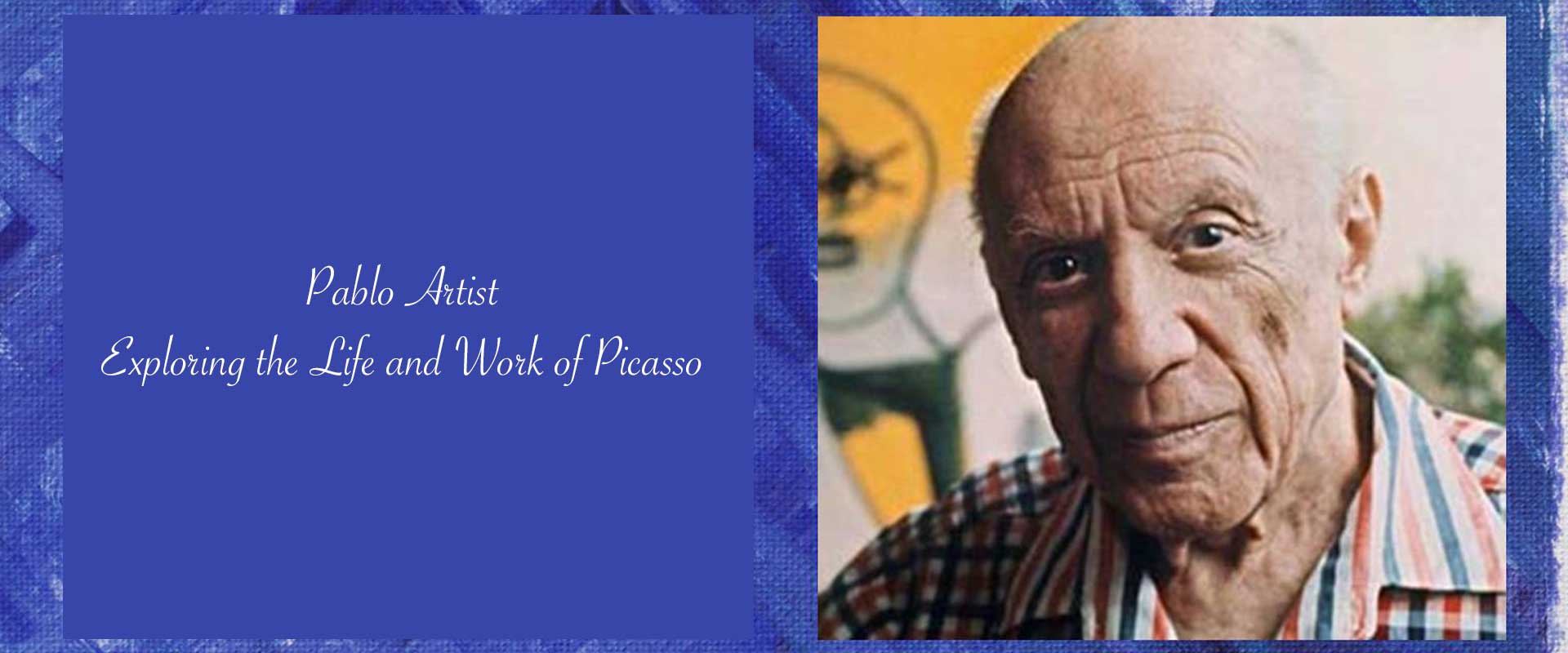When people search for “Pablo artist,” they are almost always looking for Pablo Picasso, the Spanish-born genius who revolutionized modern art. Over his long career, Picasso mastered numerous styles, from the melancholy of his Blue Period to the radical breakthroughs of Cubism and the bold late works that confronted mortality.
More than an artist, Picasso was a cultural force. His restless innovation ensured that his work not only reflected the world around him but also transformed how humanity saw itself.
Early Life of Pablo Picasso
Born in Málaga, Spain, in 1881, Picasso showed artistic talent from a young age. His father, an art teacher, recognized his gifts early, and by the age of 13, Picasso was already considered more skilled than his instructors.
Moving to Barcelona and later Paris, Picasso immersed himself in bohemian circles, drawing inspiration from city life, friendships, and the shifting cultural atmosphere. As discussed in Picasso Barcelona Spain – Tracing the Artist’s Steps Through the City, these early experiences shaped his outlook and creative spirit.
Artistic Periods of Pablo Picasso
The Blue Period (1901–1904)
Marked by sorrow and loss, this period featured works in shades of blue and gray. Paintings like The Old Guitarist captured human suffering with haunting intensity.
The Rose Period (1904–1906)
Transitioning into warmer tones, Picasso painted circus performers and harlequins, reflecting themes of vulnerability and resilience.
Cubism (1907–1919)
With Les Demoiselles d’Avignon, Picasso and Georges Braque pioneered Cubism, fracturing objects into geometric forms. This was one of his most groundbreaking contributions, as explored in Picasso Cubism: The Art Movement That Changed Everything.
Surrealism and Political Works (1920s–1940s)
Picasso absorbed elements of Surrealism while continuing to experiment. His most famous political work, Guernica (1937), depicted the bombing of a Spanish town and remains one of the most powerful anti-war statements in art history.
Late Works (1950s–1970s)
In his later decades, Picasso’s style grew freer, more colorful, and reflective. He reinterpreted Old Masters like Velázquez and Delacroix, infusing classical themes with modern expression.
Traits of Picasso’s Artistic Journey
- Constant reinvention across every decade of his life
- Emotional resonance in both personal and political themes
- Fearless experimentation with form, medium, and color
- A balance between tradition (classical influences) and radical innovation
- Global influence across painting, sculpture, ceramics, and printmaking
Famous Works of Pablo Artist
- Les Demoiselles d’Avignon (1907) – Proto-Cubist breakthrough
- Guernica (1937) – Monumental anti-war painting
- The Weeping Woman (1937) – Symbol of grief and suffering
- The Old Guitarist (1903) – Blue Period masterpiece
- Girl Before a Mirror (1932) – Surrealist-infused portrait of his muse
These works, along with many others, can be explored through the Pablo Picasso Wall Art Prints collection, which celebrates his genius across multiple styles.
Comparison: Pablo Picasso Across Artistic Phases
| Period | Style | Iconic Work | Traits |
|---|---|---|---|
| Blue Period | Monochromatic blues | The Old Guitarist | Melancholy, elongated forms |
| Rose Period | Warm pinks, performers | Family of Saltimbanques | Intimacy, symbolism |
| Cubism | Geometric fragmentation | Les Demoiselles d’Avignon | Radical abstraction |
| Political | Symbolic, charged | Guernica | Protest, moral voice |
| Late Style | Bold, colorful, playful | Las Meninas series | Freedom, reflection |
This table underscores how the “Pablo artist” identity cannot be confined to a single period—he reinvented himself constantly.
Global Legacy of Pablo Picasso
Picasso’s legacy transcends art history. He changed how we see the world by challenging the assumption that representation must mirror reality. His portraits, as explored in Picasso Portraits That Redefined the Art of Representation, reveal not just appearances but deeper truths of psychology and identity.
Even after his death in 1973, Picasso’s works dominate museums, auctions, and academic discourse. His influence spreads across painting, sculpture, design, and even protest movements, with Guernica serving as a timeless icon of resistance.
Why Picasso Remains Central to Modern Art
- Produced over 20,000 works across multiple mediums
- Inspired entire movements and generations of artists
- Balanced personal expression with political engagement
- Left behind both masterpieces and a philosophy of experimentation
- Continues to dominate exhibitions and auctions worldwide
Conclusion
Searching for “Pablo artist” leads to the story of Pablo Picasso, one of history’s greatest creative minds. His journey from child prodigy to revolutionary modernist reshaped art forever. By exploring his Blue and Rose Periods, pioneering Cubism, and monumental works like Guernica, we discover an artist who never stopped pushing boundaries.
Picasso’s genius lies not only in his art but in his restless spirit. His name remains synonymous with innovation, creativity, and vision—proof that the legacy of a true artist endures across centuries.
FAQs on Pablo Artist
Who is the “Pablo artist”?
The phrase refers to Pablo Picasso, the Spanish painter, sculptor, and innovator who transformed 20th-century modern art.
What is Picasso best known for?
He is most famous for pioneering Cubism and for masterpieces such as Guernica, Les Demoiselles d’Avignon, and The Old Guitarist.
How many artworks did Picasso create?
He produced more than 20,000 works, including paintings, sculptures, ceramics, and prints.
What was Picasso’s most political painting?
Guernica (1937), a protest against the bombing of a Spanish town, is his most politically significant work.
Where can I see Picasso’s art today?
His works are housed in major museums worldwide, including the Museo Reina Sofía in Madrid, MoMA in New York, and the Museu Picasso in Barcelona.





